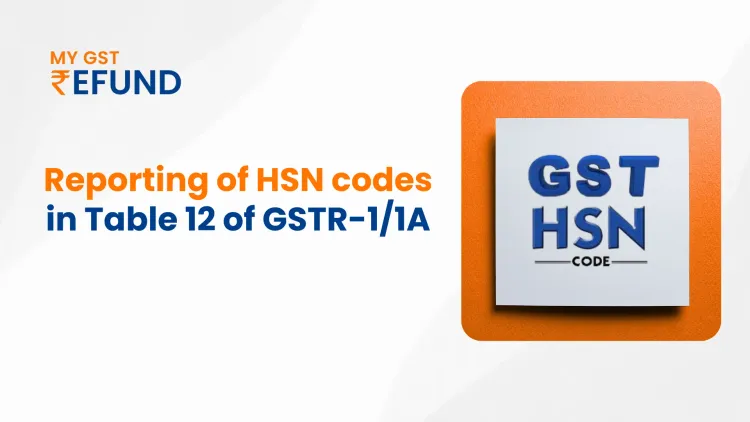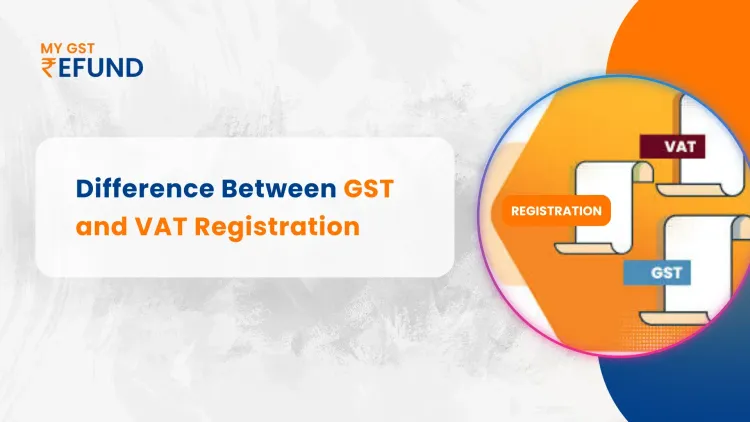Demystifying GSTR-7: Understanding Return Filing, Eligibility and Crucial Rules
Published on: Thu Jan 11 2024
Bio (Reveal/Hide)

In the realm of Goods and Services Tax (GST), the GSTR-7 form holds significant importance. For those liable to deduct tax at source (TDS) on inward supplies, mastering the intricacies of this return is essential. This article demystifies GSTR-7, exploring its purpose, eligibility criteria, key details, and crucial filing rules.
What is GSTR-7?
GSTR-7 is a monthly return filed by businesses registered under GST that are required to deduct TDS on certain transactions. It serves as a channel to report the details of such TDS deductions, including the amount deducted, tax period, supplier information, and deposited tax to the government.
Who can deduct TDS under GST?
As per Section 51 of the CGST Act, specific entities are mandated to deduct TDS on specified transactions:
Government departments and establishments: Central and State Governments, local authorities, and government agencies fall under this category.
Tax deductibles: Specific categories of businesses notified by the GST Council come under this purview.
Why is GSTR-7 important?
GSTR-7 plays a crucial role in ensuring transparency and timely collection of tax revenue. It helps streamline TDS compliance and monitors the flow of funds within the GST ecosystem. Furthermore, it aids in verifying the genuineness of transactions and facilitates the reconciliation of tax credits claimed by suppliers.
Also Read: GSTR-4: Return Filing, Format, Eligibility and Rules
What is the due date of GSTR-7?
Like most GST returns, GSTR-7 must be filed electronically on the 10th day of the month following the tax period. Late filing attracts penalties and interest charges, so timely submission is crucial.
Penalty for non-filing of GSTR-7?
Failing to file GSTR-7 on time can result in late filing fees as per Rule 104 of the CGST Rules, 2017. The penalty could be ₹100 per day for delayed filing, subject to a maximum of ₹5,000. Additionally, non-compliance can lead to suspension of business operations and reputational damage.
How to revise GSTR-7?
In case of errors or omissions, revised GSTR-7 returns can be filed within 15 days from the original due date. However, revisions involving changes in tax liability or claims exceeding ₹1,000 require payment of late filing fees.
Details required in GSTR-7:
GSTR-7 has eight sections capturing various aspects of TDS transactions:
GSTIN of the taxpayer: This unique identification number identifies the taxpayer registered for GST.
The legal name of the deductor: The legal name of the business deducting TDS appears automatically.
Return Period: This section specifies the month and year for which the return is being filed.
Details of TDS deducted: This section provides information about the supplier, type of supply, tax rate applied, amount of TDS deducted, and challan details for tax deposited.
Payment details: This section confirms the date and mode of TDS payment to the government.
TDS refund details: If applicable, this section mentions the details of any TDS refund claimed by the taxpayer.
Reconciliation statement: This section reconciles the TDS deducted with the TDS actually deposited and paid to the government.
HSN/SAC code summary: This section summarizes the TDS deducted based on the HSN/SAC codes of the supplied goods or services.
Understanding these details and complying with the GSTR-7 filing requirements is crucial for businesses involved in TDS transactions under GST. By staying informed and adhering to the prescribed rules, businesses can ensure smooth tax compliance and avoid unnecessary penalties.
Frequently asked questions
What is the purpose of GSTR 7?
GSTR-7 is made by TDS deductors for reporting tax deducted at source along with payment records. It helps deductees avail credit for tax deducted by the tax deductor.
How to view GSTR 7 in the GST portal?
After logging in, look for 'Returns Dashboard' on the portal home page and it will be available under 'GSTR-7' for relevant return periods. File it or reconcile discrepancies.
What is the difference between GSTR 7 and 3B?
GSTR-7 is specifically for TDS deducted by government agencies or businesses while GSTR-3B is essentially a self-declaration summary return for all the taxpayers.
What is the GSTR 7 due date?
The 10th of the month following. Fines and interest will be imposed as per GST rules for the failure to file.
Related Posts






